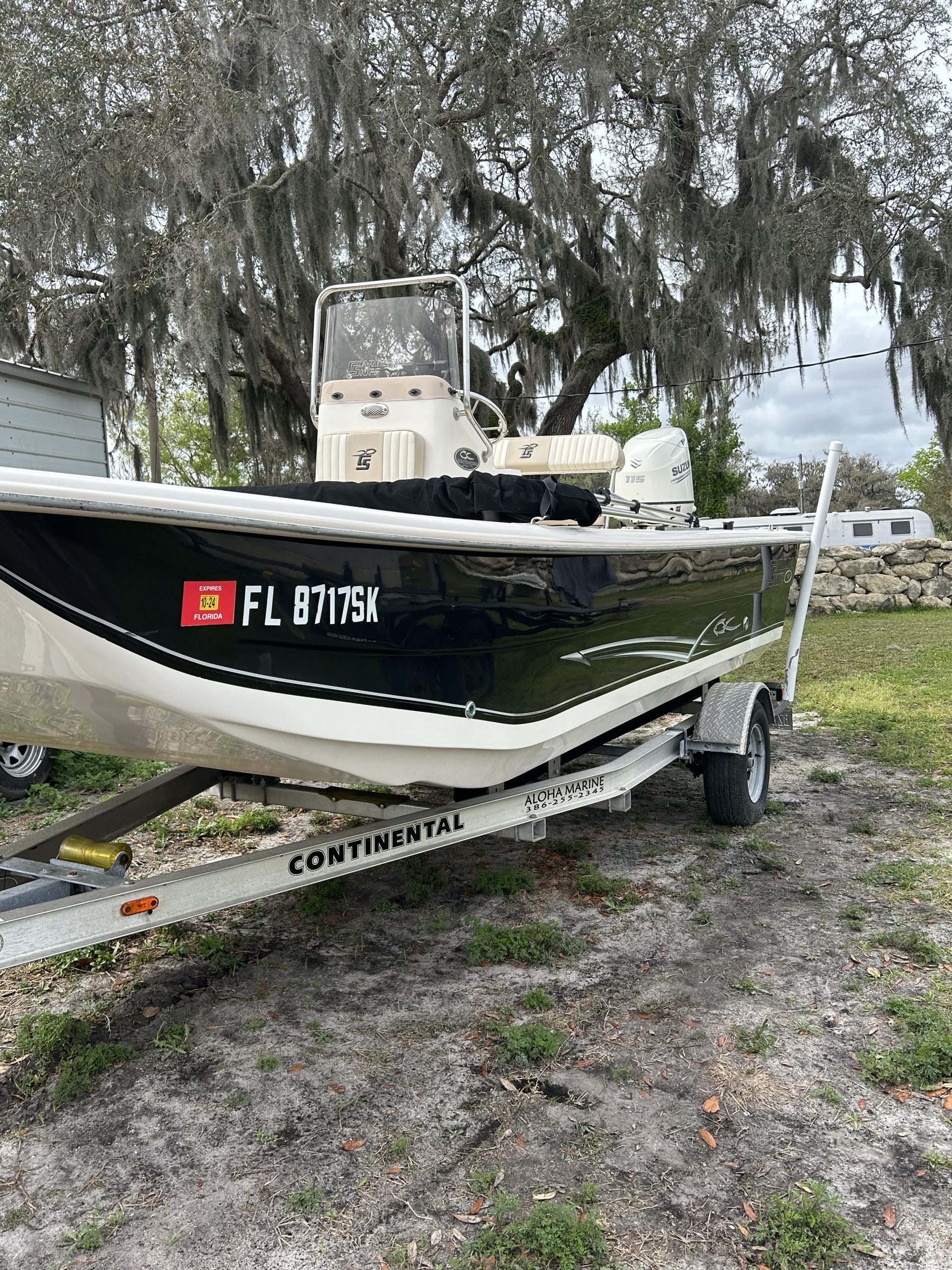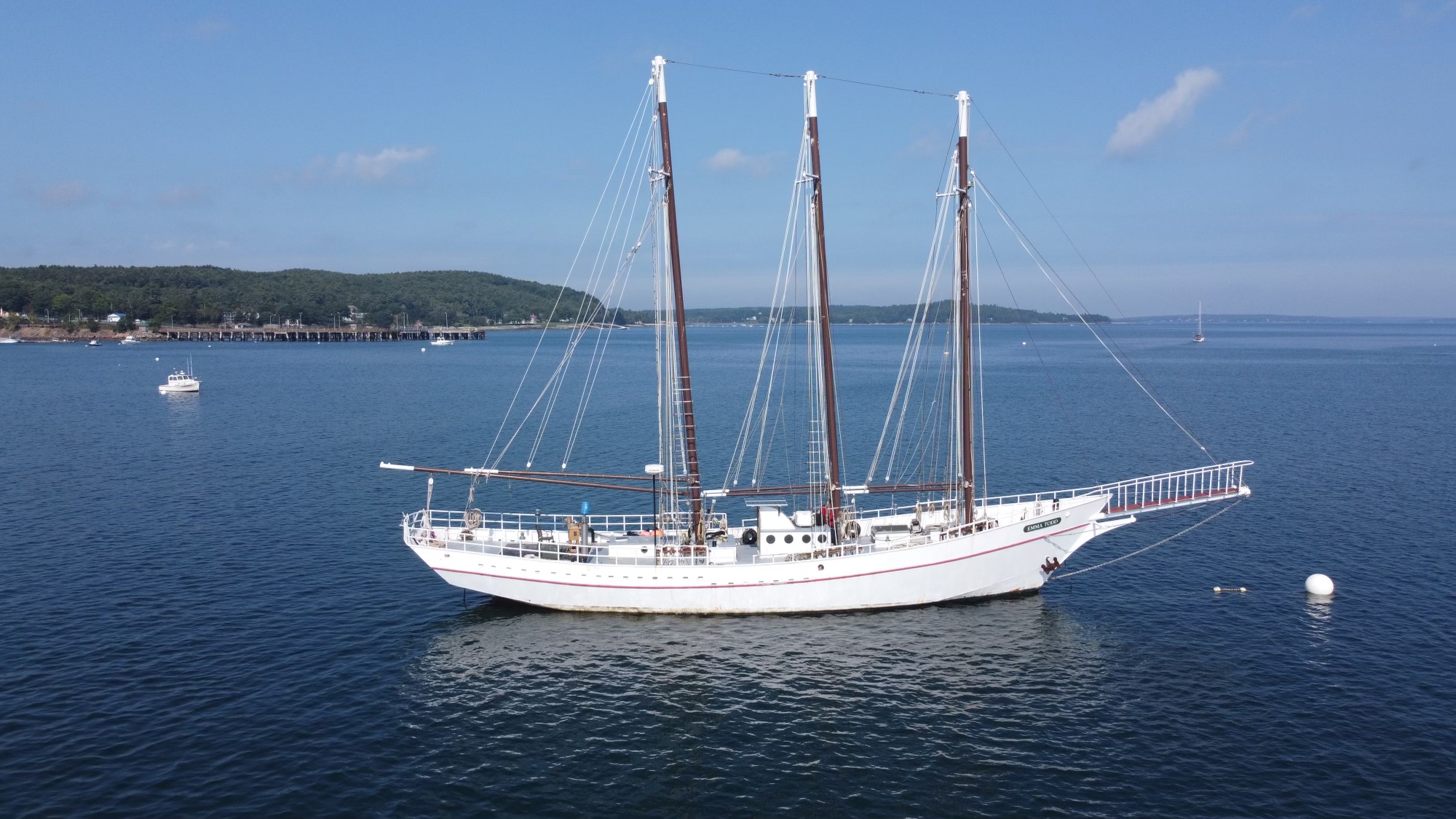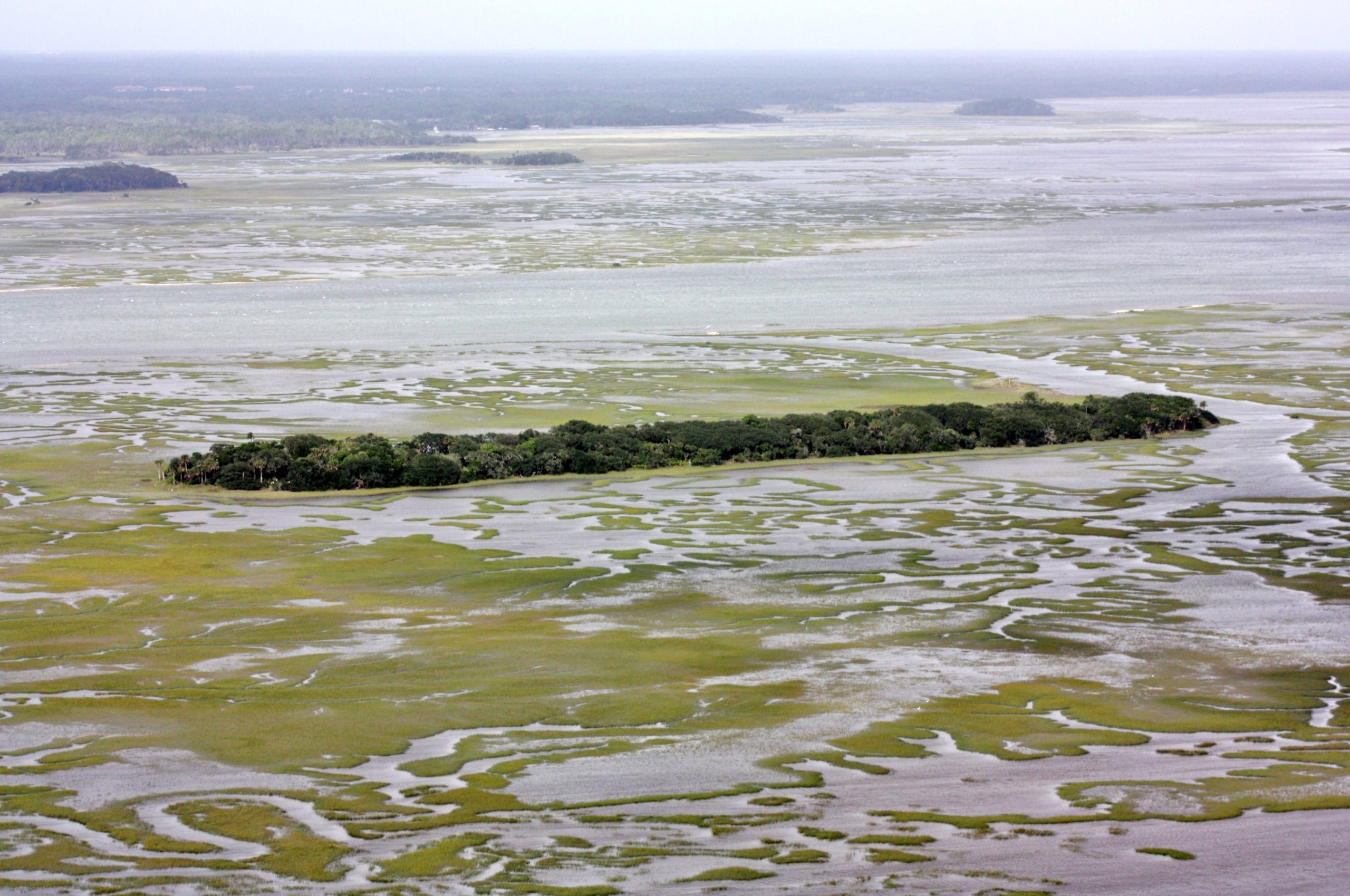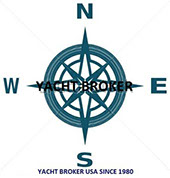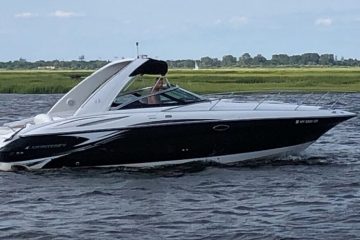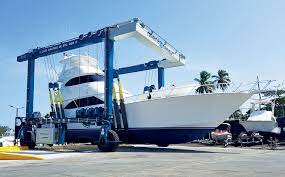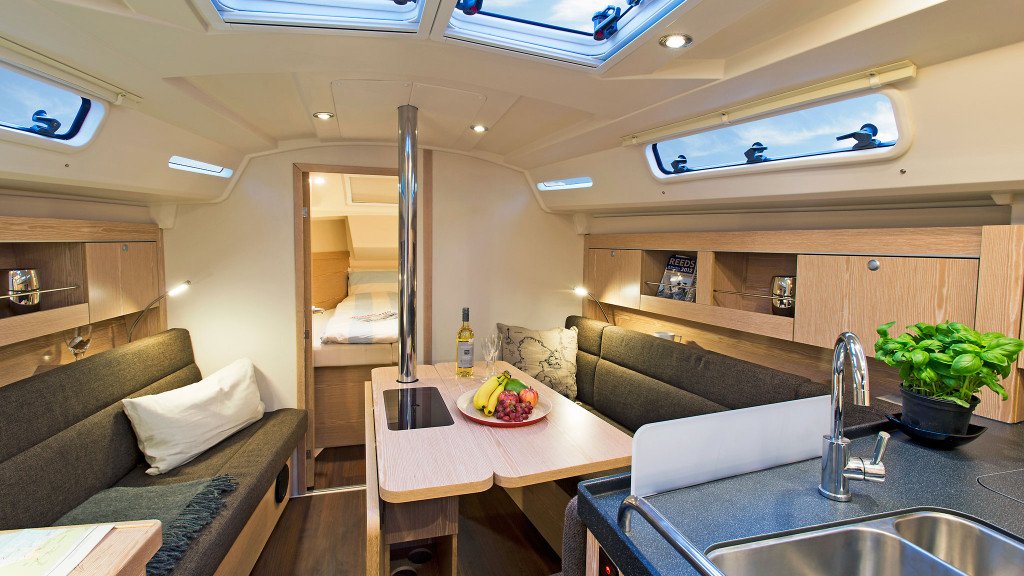
Hanse 345
Description
Hanse 345 Performance Cruiser Yacht
A little big boat with room for the whole family
These days the tendency to maximize interior volume in modern production cruising boats is pretty much taken for granted. By elevating topsides and pushing maximum beam well aft, designers have mastered the art of making large boats seem even larger inside. Where this trick is most useful, however, and hardest to pull off without creating a boat that looks ungainly or functionally impaired, is with smaller boats, say 35 feet and shorter. Hanse new 345 is an excellent example of how to do it right. Though it seems a bit brick-like on paper, it looks quite sleek sitting in the water and successfully packs a lot of big-boat features into a fairly small package.
Construction
The boat hull is all solid laminate set in polyester resin, with outer layers set in vinylester and finished with isophthalic gelcoat to resist osmosis. A structural fiberglass grid is tabbed in place, as are the interior bulkheads. The deck is balsa-cored and is bonded to the hull on an inward flange with Plexus adhesive. There are no mechanical fasteners in the deck joint, save for those used in hardware installations, such as stanchion posts. Deck hardware is backed by aluminum plates, which are set in the laminate and then drilled and tapped to receive fasteners.
The standard keel has an aggressive T profile, which serves to maximize the righting moment created by the cast iron-fin and ballast bulb. The design, by Judel/Vrolijk, also maximizes waterline length with a plumb bow and a square transom with a very short overhang aft. The rudder, set in self-aligning bearings, has an aluminum stock.
On Deck
Upon boarding the boat I was immediately impressed with the expansive cockpit, which is surprisingly commodious for a boat this size, boasting twin wheels, a fixed table with folding leaves and a wide fold-down transom. The ergonomics are excellent. There comfortable seating for the helmsperson at either wheel, with a clear view forward and of the Simrad electronics suite. All working lines, including the double-ended German mainsheet, run aft to a pair of Lewmar 40 winches on either side of the wheels, so one person can easily sail the boat while guests socialize around the table.
Where to stash all those lines is more problematic. Because the line lockers are under the helm seats, they arent too useful while sailing, and your guests may have to cope with a fair mess of spaghetti splaying about the cockpit sole and seats. The starboard-side line locker is also home to the propane tank and its regulator, so you need to take care a line doesnt yank something loose in there.
Aggressive sailors may find the standard winches undersized, in which case they can opt for electric 40s or upgrade to Lewmar 46s. Secondary winches can also be mounted on raised bridges that span the freeway of lines running down the tops of the cockpit coamings. These could be useful when managing A-sail or gennaker sheets.
Moving forward, youll find that the line runs pass neatly beneath the coachroof through covered channels all the way up to the mast. The channels incorporate flush-mounted teak handholds that look spiffy, but may be hard to grab in a panic. Attractive teak side-decks can be specified as an option. Moving farther forward, past the mast, the shallow toerails wont help you feel too secure, but youll appreciate the Lewmar windlass and well-laid-out anchor well when setting the hook for the night.
There over 6ft of headroom and plenty of ambient light in the spacious saloon
There over 6ft of headroom and plenty of ambient light in the spacious saloon
Accommodations
Our test boat had a two-stateroom layout featuring one double stateroom under the cockpit aft to starboard and another forward in the bow. This leaves room for a truly stupendous head and segregated shower stall to port the biggest Ive seen on a boat this size and a cavernous stowage area that can be accessed both through the port cockpit seat and through the back of the shower stall. Amazingly, a three-stateroom layout can also be specified, with twin double cabins aft, although this leaves you with a much smaller head, no separate shower and much reduced cockpit stowage.
The galley is very well laid out, given the space. There an excellent Isotherm fridge with both top and side access, adequate counter and stowage space, and a small but reasonably deep sink quite close to the boat centerline.
The saloon boasts 6ft 3in of headroom and is remarkably light and airy, thanks to the many portlights and overhead hatches. There a full-size table with folding leaves on centerline and a full-length settee to starboard that can serve as a sea berth while underway, or can be pulled out to form an auxiliary double berth as needed. The settee to port, alas, is truncated to accommodate a small vestigial aft-facing nav station and cant serve as a proper berth. A much smarter arrangement would be to raise and significantly enlarge the nav desk and face it amidships, where a navigator could stand to work, leaving room for a full-length settee/berth beneath.
Under Sail
The boat comes standard with a 9/10 fractional Z-Spars anodized aluminum rig, a self-tacking jib on a Furlex furler that sheets to an athwartship traveler by Seld©n, plus Dacron sails by ElvstrÖm. Laminate sails, also by ElvstrÖm, can be specified as an option, as can conventional sheet tracks for a slightly larger jib. Up forward there a short freestanding anchor-roller/bowsprit with a padeye that can certainly be used to fly an asymmetric spinnaker. Im not sure if it could also handle a gennaker without some extra support underneath, but a bobstay or something similar could easily be retrofitted.
We certainly could have used both an A-sail and gennaker during our test sail, as the wind was light. Flying our full main and small self-tacking jib we maintained 3 to 4 knots of boatspeed in apparent wind blowing 5 to 7 knots at apparent angles ranging from 35 to 90 degrees. With the wind aft our speed quickly dropped below 3 knots. The boat predicted polars, assuming 16 knots of true wind, have it sailing 6-8 knots at 40-90 degree angles and more than 7-8 knots at deeper angles with an A-sail up.
Steering via the Jefa rod-and-pinion system was light and responsive, though I did have trouble getting the boat to settle into a groove in the fluky breeze. We got our best results with the Simrad autopilot steering while we carefully trimmed sails.
Under Power
Our test boat came equipped with the optional 27hp Volvo D1-30 diesel engine, which certainly seems preferable to the standard 18hp D1-20 engine. In flat water with little wind we hit 5.7 knots cruising at 2,200 rpm and 7.3 going full bore at 3,050 rpm. Our optional two-blade folding propeller, also by Volvo, bit the water quickly changing direction from forward to reverse. Thanks to the saildrive, there was no prop walk and control backing down was excellent. Turning hard going forward, the hull spun easily in one boatlength.
Ballast ratio 33% SA/D RATIO 17 D/L RATIO 199
What do these ratios mean? Visit sailmagazine.com/ratios
BUILDER Hanse Yachts, Greifswald, Germany
U.S. DISTRIBUTOR Hanse Yachts US,
978-239-6568, hanseyachts.com,
[email protected]
Featured Listings
More from Boat Listings
You may also like...
Popular Boat Brands
- Albin
- Azimut
- Bayliner
- Beneteau
- Bertram
- Boston Whaler
- C&C
- Cape Dory
- Carver
- Catalina
- Cheoy Lee
- Chris Craft
- Contender
- Formula
- Grady-White
- Grand Banks
- Gulfstar
- Hatteras
- Hinckley
- Hunter
- J/Boats
- Jeanneau
- Lagoon
- Luhrs
- Mainship
- Morgan
- Nordhavn
- Ocean Alexander
- Pearson
- Pursuit
- Regal
- Sabre
- Sea Ray
- Silverton
- Sunseeker
- Tartan
- Tiara
- Viking
- Wellcraft
BoatNation.com is a member of the following associations:
- International Marine Association ®
- Marine Industries Association of South FL
- International Yacht Brokers Association

